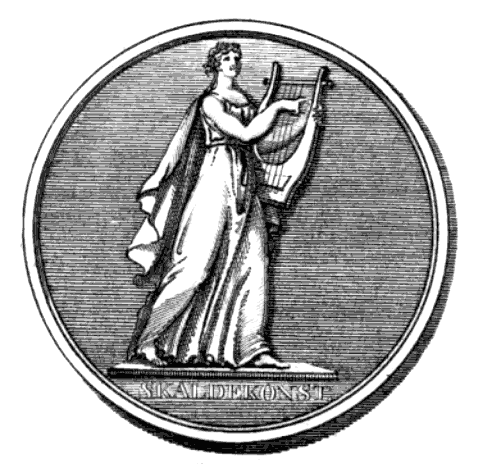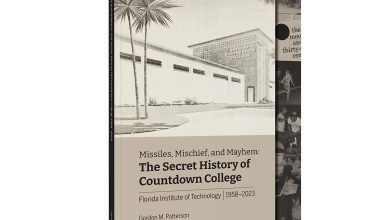Occasional Writer: What Makes a Poem
By John Lavelle, Ph.D.
When studying the construction of a poem the other day in a creative writing class, the poem being William Carlos Williams’ poem “This is Just to Say” several students questioned whether it was a poem at all. It brought up one of those questions whose answer, at first, seems obvious, so obvious, in fact, that the question is almost never asked or what turns out to be worse, is that it is supposedly answered in junior high or high school English classes through the study of the meaning of the poem or the history of the writing of the poem. Students and teachers assume the poet wrote the poem because he or she had something important to say, that they opened a window into humanity etc.
Let’s look at poems, not poetry. Poetry is where most people go wrong. Poetry masks the reality of the poem. The first question that might be asked is why should there be a sonnet, English or Italian for that matter. Why should there exist a poem called a sestina or villanelle or any form poetry at all? This question becomes a clue to the nature of a poem.
Form poetry, in one way or another, was and is a challenge to the poet. Does he or she have sufficient mastery over language to create a meaningful poem within the confines of a certain form? Can a poet, within the form, play competently with sound and rhythm, with symbol and metaphor? For English speaking people there was the added constraint of making the lines rhyme in some sort of pattern or rhyme scheme. For poets writing in other languages there were other constraints. The French had the sestina, a form demanding the repetitive use of six ending words repeated in six stanzas with the last ending word of one stanza being the first ending word of the next. The Japanese have haiku, a poem of seventeen syllables of lines of five seven and five.
The challenge does not stop there and deep earth-shaking meaning is the last of these challenges. Creative writing does something academic writing seeks to eliminate. It draws attention to the word as a word. Ferdinand de Saussure made one of those “no-duh” discoveries when he noticed that language was quite arbitrary, that every language was made up of sound and idea images despite the way it might be written. For Saussure a word (a sign) is made up of the signifier—the sound of the word and the signified the idea the sound represents. For this discussion of poetry the better way to think of these two components is to divide the word into two components, the sound and the spelling (picture) of the word on the page (since that matters in poetry) and the information it carries, what Saussure would call the signified. Most academic writing attempts to eliminate attention to the sound and picture, and foreground the information a word carries and rightly so, although academic writing in English and literature does have that component within it.
However, in poetry much attention is garnered on the actual sound beyond rhyming and how the word appears on the page. In Russian Formalism and structuralism, to be integrated in this country into New Criticism, the idea of defamiliarization and foregrounding is the act of bringing attention to the word or line and those words or lines around it, to not only hear the words but to use the sound to help create an image that not only includes visualization, but tactile sensations, smell, and feelings, the image then carrying meaning even if it is only that the image is a thing in itself as the look and the sound of the word becomes a thing in itself. John Updike’s “Player Piano” may have a deeper meaning but the poem mimics the sound of a player piano in its cacophony and rhythm. That in itself makes the poem a poem.
Think of all the terms concerned with words in poetry including poetics, connotation, denotation, poetic diction, metaphor, synecdoche, metonymy, onomatopoeia, alliteration, personification, cacophony, euphony, eye rhyme near rhyme, all the words concerned with the line, such as meter, foot, rhyme scheme, stanzas, couplet, tercet, terza rima, quatrain, ballad stanza, end stop, enjambment, ambiguity. The list goes on. These terms are not just to freak out undergraduate non-English majors. They are also challenges to the poet in the same way form poetry is—to see if the poet has mastery over language, a sort of IQ test. This mastery brings enjoyment to the reader as long as the reader realizes the work that went in to this mastery.
Finally, this is just to say, that the nature of a poem is a challenge of mastery over language. A poem is a sort of game the poet engages in whether or not he or she has some deeper meaning in mind of which they want to put into words. Thus a poem may be a poem even if it doesn’t have some window into the soul of humanity as long as it is an attempt to master the many nuances of language including all the terms above and others including sound and shape of the words themselves.





